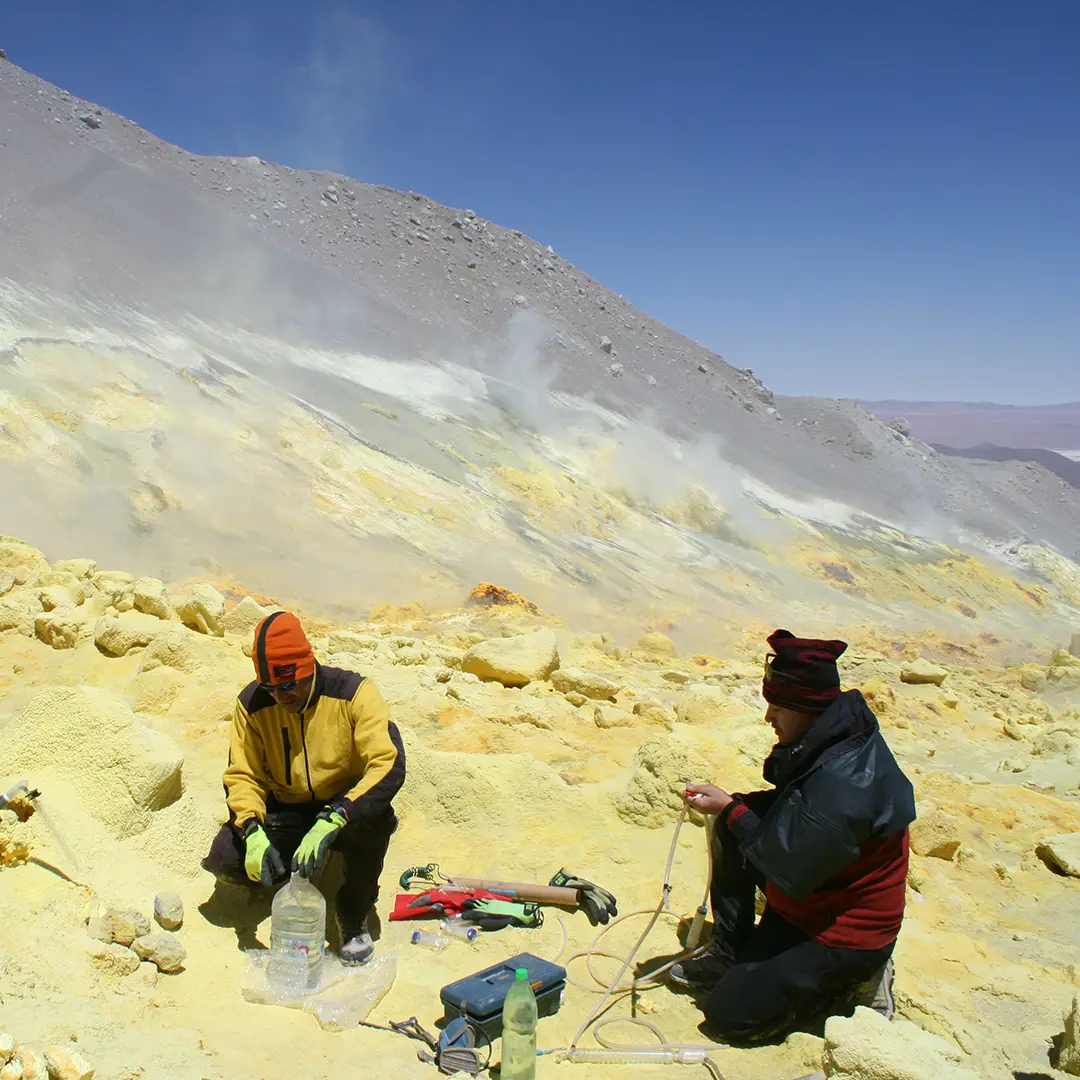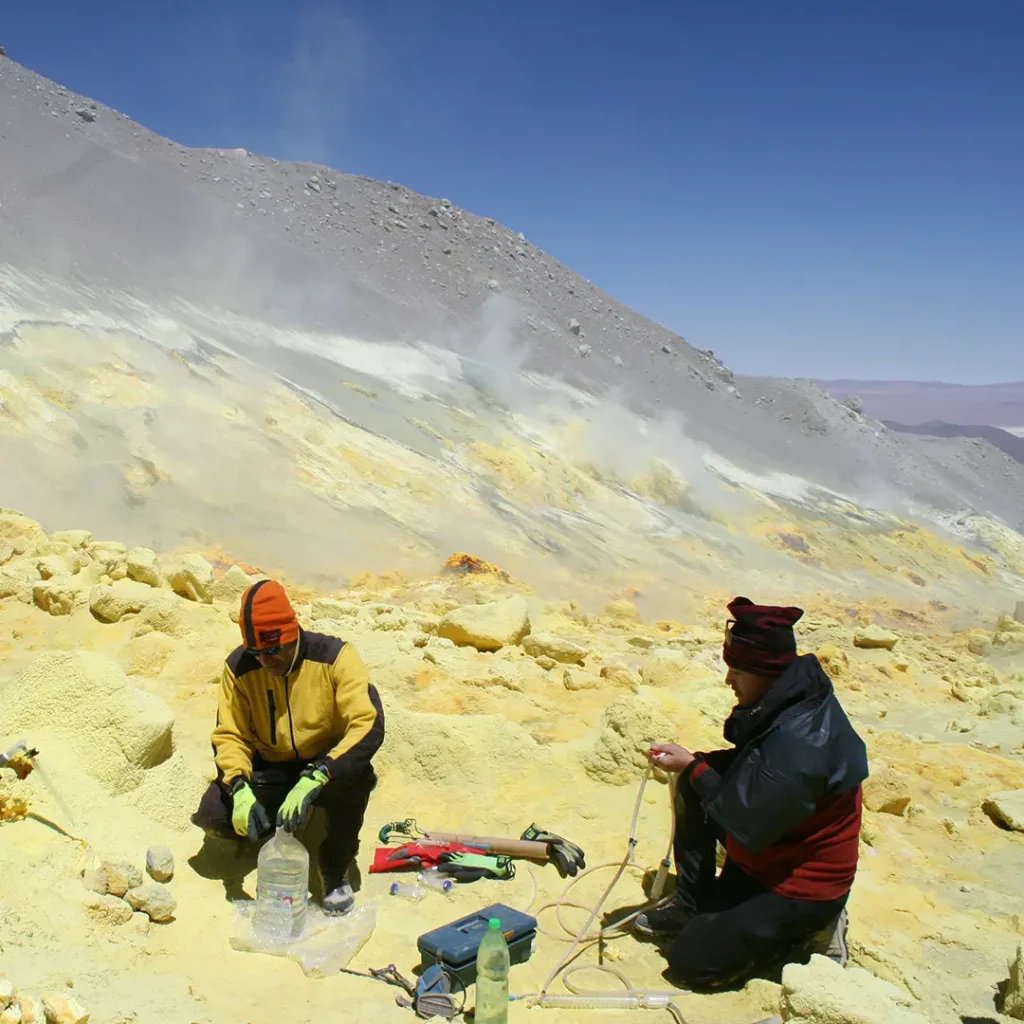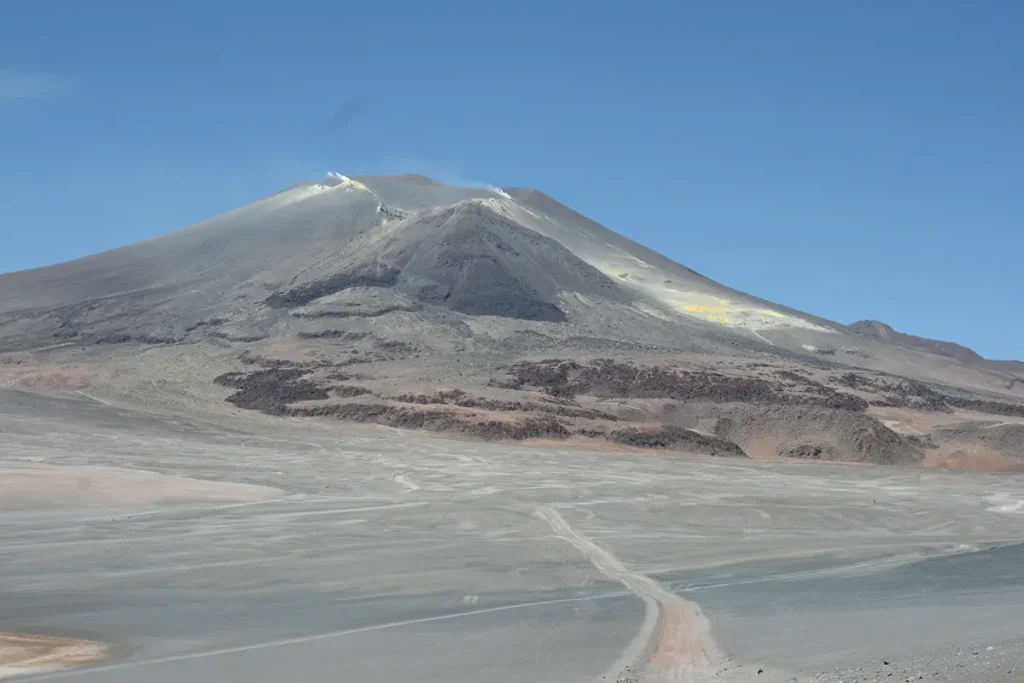Three NASA Grants Support UT Mars Research
News

Three NASA Grants Support UT Mars Research

With funding from NASA, three projects in the Department of Earth, Environmental, and Planetary Sciences (EEPS) aim to expand our knowledge of Mars through research on this planet.
Associate Professor Anna Szynkiewicz is the principal investigator on two projects and co-investigator on the third, with nearly $900,000 in funding over three years for the University of Tennessee, Knoxville, along with researchers from the Planetary Science Institute, SETI Institute, Arizona State University, and Harvard University.
Szynkiewicz is a geoscientist who studies how water interacts with and moves through rocks. “Using this research experience on Earth, I also formulate research questions related to the origin of sulfur-bearing minerals in extraterrestrial environments, specifically on Mars,” she explained. “These minerals provide a gateway for understanding water history and the potential for life on Mars.”
She has used sites ranging from White Sands in New Mexico to Iceland to analyze environments similar to those detected on Mars. “I investigate how water interacts with volcanic gases and how sulfur minerals are preserved in surface rocks under different climate conditions,” she said. “Within this context, I am also working to determine whether imprints of life—and its interaction with the sulfur system—are preserved in these rocks and how we could find life signatures with instruments sent to Mars.”
Andes to Knoxville Lab
In fall 2023 Szynkiewicz and one of her research teams collected volcanic/hydrothermal sulfur-rich deposits, water, and gases from Lastarria, a volcano in the Andes Mountains. Those samples have been analyzed with chemical and isotope methods in the EEPS Stable Isotope Laboratory, which she supervises.
By examining how minerals formed in the Chilean rock, they hope to understand how similar minerals may have formed on Mars and the planet’s water history. “Particularly sulfate minerals are good water indicators, because they always form in the presence of water, but the remaining knowledge gap is how wet or dry Mars was in the past. Was it as wet as in Tennessee, or maybe it was much drier like our American Southwest deserts or Atacama Desert in Chile,” Szynkiewicz said.

Her previous research on hot springs in Iceland and the United States showed abundant formation of sulfate minerals during oxidation of emitted volcanic sulfur in warm, wet climates. This project will compare existing data to what happens in a cold, hyper-arid climate believed to be more like Mars.
In October 2024 NASA-funded researchers will be collecting samples in northwestern New Mexico, part of the Rio Puerco watershed about 50 miles northwest of Albuquerque. “This is another dry region but with more precipitation than in Chile. Therefore, with these new data and comparisons to other studied areas we will be able to better determine how much water would be needed to explain the abundances of sulfate minerals detected on Mars,” Szynkiewicz said.
The main objective is to study formation processes and co-occurrences of secondary calcium and magnesium sulfate minerals, which the Curiosity rover documented in the Gale crater and other locations on Mars.
Martian Dune Analysis
Another project that began in fall 2023 is examining images from Olympia Undae, an immense dune field in the north polar region of Mars, to understand how water shaped the planet’s surface and formed gypsum.
The researchers are analyzing Compact Reconnaissance Imaging Spectrometer for Mars (CRISM) and High Resolution Imaging Science Experiment (HiRISE) images from the Mars Reconnaissance Orbiter spacecraft. They plan to document regional and seasonal changes in the gypsum dunes.
“Gypsum is a type of sulfate mineral that is unique in terrestrial dunes and mainly forms in wet eolian systems, such in the White Sands National Monument located in southern New Mexico, where I did lots of research as a postdoc before coming to UT,” Szynkiewicz said. The new project will investigate the morphological features and gypsum signatures on Mars that are similar to White Sands.
“Studies of past water activity on Mars are important for future human exploration, because they allow us to better understand water history of the Red Planet and potentially locate buried water resources that might still be in the subsurface, which could be then used by human explorers,” she explained. “Under current conditions, liquid water is unstable on the surface. Only dry river channels and hydrated minerals, such as sulfates, allow us to better determine the past water history of Mars.”
Discoveries Drive Students
Szynkiewicz grew up and earned her degrees—including a doctorate in geology—in Poland. “I was always fascinated by newly published books written by American scientists about planetary research,” she said, but Poland didn’t have a space program. “Ten years had to pass for a real opportunity to unfold in front of me, and for me to believe that studying geological processes on other planets can be possible even for someone like myself.”
She received a postdoctoral fellowship to work on Mars analog research at Indiana University and was fascinated by new NASA discoveries and research opportunities.
“Once you start being involved with planetary research, it’s impossible to finish or stop, because each project leads to new research questions and ideas for new proposals,” said Szynkiewicz, who joined the UT faculty in 2013.
“Just two weeks ago, NASA announced a new discovery of elemental sulfur in Gale crater on Mars,” she noted. “This mineral has never been previously reported on Mars, but my current project in Chile has suggested that formation of elemental sulfur during past volcanic emission and water activity was likely an important source for later formation of sulfate minerals on Mars. Therefore, this project has even higher significance than a year ago, when we first proposed this as a possibility.”
“Discoveries like this bring lots of enthusiasm, and I see a big excitement among my students, who are even more encouraged to be involved in planetary research,” Szynkiewicz said.
The NASA funding supports her research group, which includes doctoral students Sara Smith and Ivy Ettenborough and undergraduate students Sarah Sanders and Austin Siler. It also partially supports the salary of laboratory manager Anthony Faiia, who analyzes samples for the Stable Isotope Laboratory.
By Amy Beth Miller